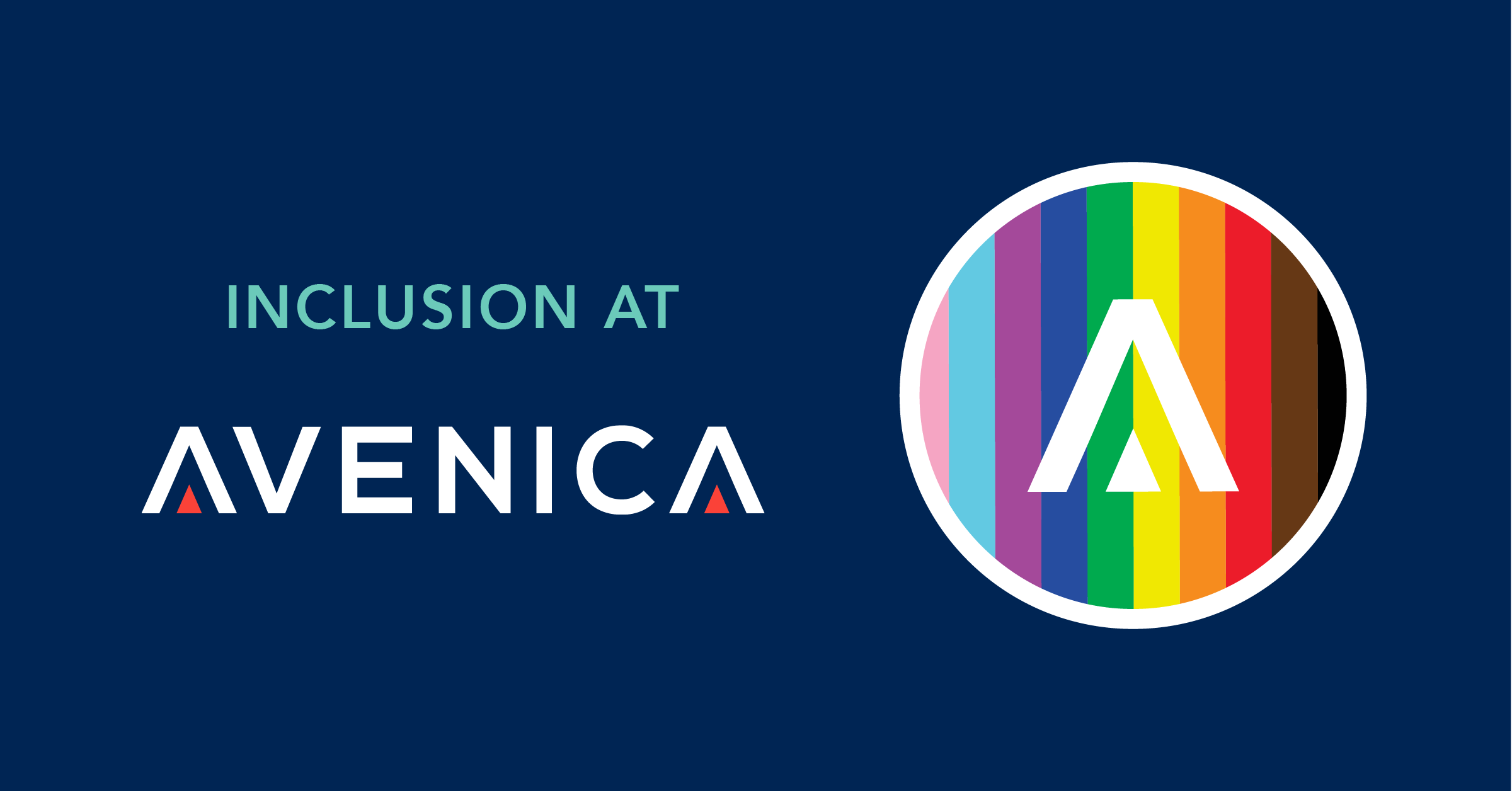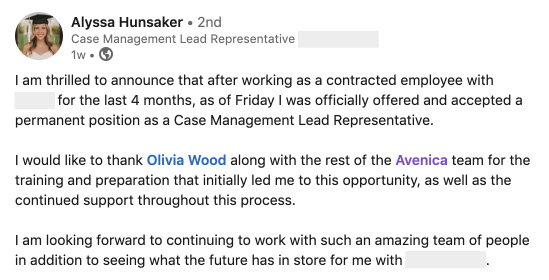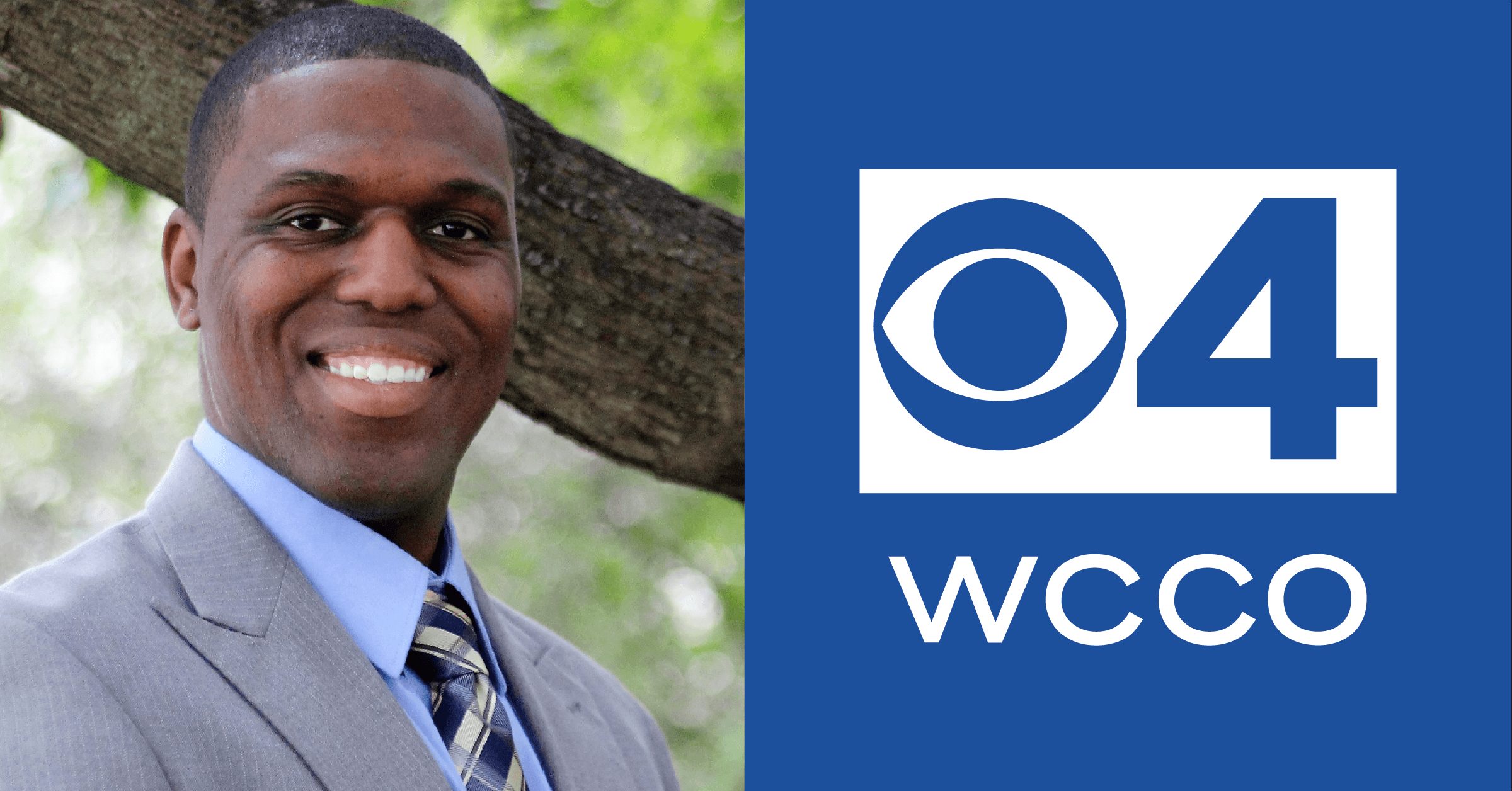
Full disclosure: I’m a cis-gender, heterosexual male. Some might wonder why that information is necessary. I’ll tell you: when we’re collecting perspectives of people with lived experiences that differ from our own, it’s important to recognize our identities, how they have shaped our perception of the world and vice versa. As Pride month comes to a close, I wanted to take some time like to reflect and uplift a few authentic experiences of LGBTQIA+ individuals in the workplace and their perspectives on inclusion. We reached out to members of our own Avenica community and were met with very insightful and eye-opening feedback. Read on.
What does LGBTQIA+ Inclusion mean to you in general?
“LGBTQIA+ inclusion means that everyone is accepted for who they are no matter who they love but most importantly those people we accept have representation and their ideas and their stories are allowed to come to the front, it’s not something that’s held in the background.” – James Adams
“So I think for me, what that means is making sure everyone feels valid. Making sure everyone feels seen and loved. So, when it comes to a specific group of individuals who identify in a specific way, it’s no different than to be treated like just a normal human being is I would say more of a simplified term and really how I would define inclusion for a specific group and what that means to me.” – Tess Eby
What is one tip you would give an employer for how to foster an inclusive workplace environment for LGBTQIA+ community members?
“If I had to give any advice to an employer around LGBTQIA+ inclusion I would say that it’s important to acknowledge that our community is in the organization all year round, we’re not just here in June and you need to always strive to make sure that not only is there representation and that things feel safe at work but that it’s a welcoming environment no matter what time of the year it is.” – James Adams
“I feel like one tip that I would encourage workplaces to take an initiative to do is to have resources for somebody who might identify way in a specific way or for somebody who is part of a different community to turn to. Not only for LGBTQIA+ but that’s a place where they can go where there are like-minded individuals and they have the comfortability to open themselves up.” – Tess Eby
What is one tip you would give a member of the LGBTQIA+ community for how to find an inclusive workplace environment OR how to encourage an inclusive workplace environment?
“One tip that I would give for people who are trying to search for an inclusive workplace overall is take time to do your research when it comes to companies. Especially today, diversity and inclusion are one of the biggest things that I really see companies advertising as far as what they have to offer for employees. So hopefully that information will be helpful. If not, ask questions within the interview. I think that is usually a big hesitation for individuals who might not want to advertise their identity or sexual orientation which is okay, but then you have to take into consideration if you want to join a company where you don’t feel comfortable asking those questions initially. So, I think that would probably be my best tip. Do your research. Ask questions.” – Tess Eby
How do you think LGBTQIA+ inclusion looks at Avenica?
“Here at Avenica I believe that we do a really good job around inclusion. And not just for the LGBTQIA community but for everyone. We have a lot of efforts that go out to help our employees not only understand the different types of communities we have here at Avenica but why their differences are important. We have representation across a lot of communities, but we also have those people in all different levels of seniority when it comes to our organizational structure” – James Adams
“At Avenica, it’s a safe place. It’s a place where we foster the overall culture of being yourself. No matter what setting. I feel that people don’t have to hide who their significant other is. Or being able to openly be able to talk about their sexuality or the way they identify and really be themselves and really feel accepted within the overall culture and team.” – Tess Eby
Do you have any words of encouragement for the LGBTQIA+ community regarding the workplace or career growth/satisfaction?
“If I had to give any advice, it’s really simple: always be you. If you are 100% authentically representing who you are and who you believe to be, everything professionally will come easier. People want to know that human element of their employees, and the more they know, the more they can grow to enjoy you as an employee but also see how great you do in your role. Be yourself, it will never-ever be the wrong choice.” – James Adams
“Keep pushing yourself. My biggest thing is, if you’re feeling uncomfortable, then you’re growing. Also, to push the boundaries. If you’re in a workplace that you don’t think fosters inclusion and diversity, push those boundaries. Keep going. Keep pushing those boundaries, keep putting yourself out there and really overall just make sure you feel comfortable. Being within the community makes us no different than any other individuals, you can go as high as you want; really the sky is the limit. Just like any other individual out there.” – Tess Eby
Our stories are gifts and whenever one is shared with me, I can’t help but say “thank you” over and over again. Publicly identifying one’s self as LGBTQIA+ and sharing perspectives on lived experiences can be incredibly challenging. But the tradeoff is immeasurable. When brave people stand on their morals and beliefs in order to amplify voices of the historically silenced, we all become better because of it. I hope this dialogue helps to promote the burning urge to go out and create inclusion in every corner of the world. Doing so would create a landscape we could all take PRIDE in.
Looking for a new role? Browse our current job openings and apply today.






